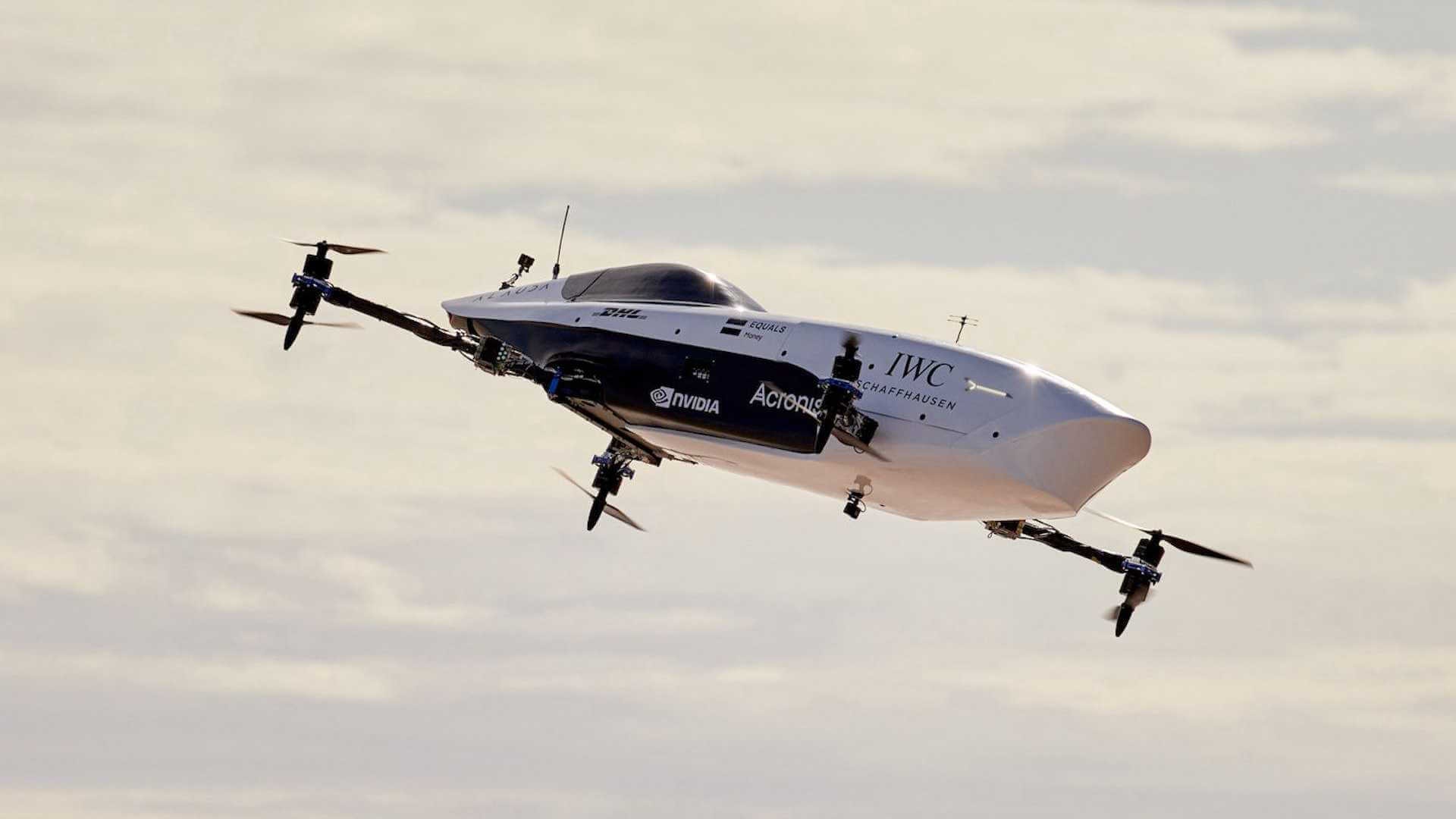Bill Gates recently had the opportunity to take a ride in London inside a Wayve autonomous vehicle (AV) and gave his thoughts on the future of driving in a new Gates Notes blog post.
While most AVs work by extensively mapping out the areas they drive in, Wayve uses deep learning techniques to allow its cars to drive anywhere humans can. To train its software, Wayve uses hundreds of millions of data samples of real-world and simulated driving.
Last year, Wayve announced it was working with Microsoft, which Gates co-founded, to leverage the supercomputing infrastructure needed to support the development of AI-based models for AVs on a global scale. Microsoft also participated in the company’s $200 million funding round in January 2022.
The Wayve AV was able to safely navigate the busy streets of downtown London with a safety driver present behind the wheel.
In his blog post, Gates seemed cautiously optimistic about the future of AVs. He predicted that it’s likely the AV industry will reach a tipping point between SAE level 2 and 3 vehicles, or, in other words, vehicles that can only provide assistance to drivers through autonomous features, and vehicles that take the control out of the drivers’ hands.
“Over the next decade, we’ll start to see more vehicles crossing this threshold. AVs are rapidly reaching the point where almost all of the technology required has been invented. Now, the focus is on refining algorithms and perfecting the engineering,†Gates wrote in his post. “There have been huge advances in recent years—especially in sensors, which scan the surrounding environment and tell the vehicle about things it needs to react to, like pedestrians crossing the street or another driver who swerves into your lane.â€
Gates predicts that the first AVs that will see widespread adoption will be for long-haul trucking, then deliveries, and then autonomous taxis and rental cars will become common.
Widespread adoption of AVs, however, will come with other issues. For example, when an AV is involved in an accident, insurance companies will have to determine if the blame falls on the passenger or the company that programmed the car software. Gates predicts that these kinds of changes, along with regulatory changes, could take decades to fully come to fruition.


















